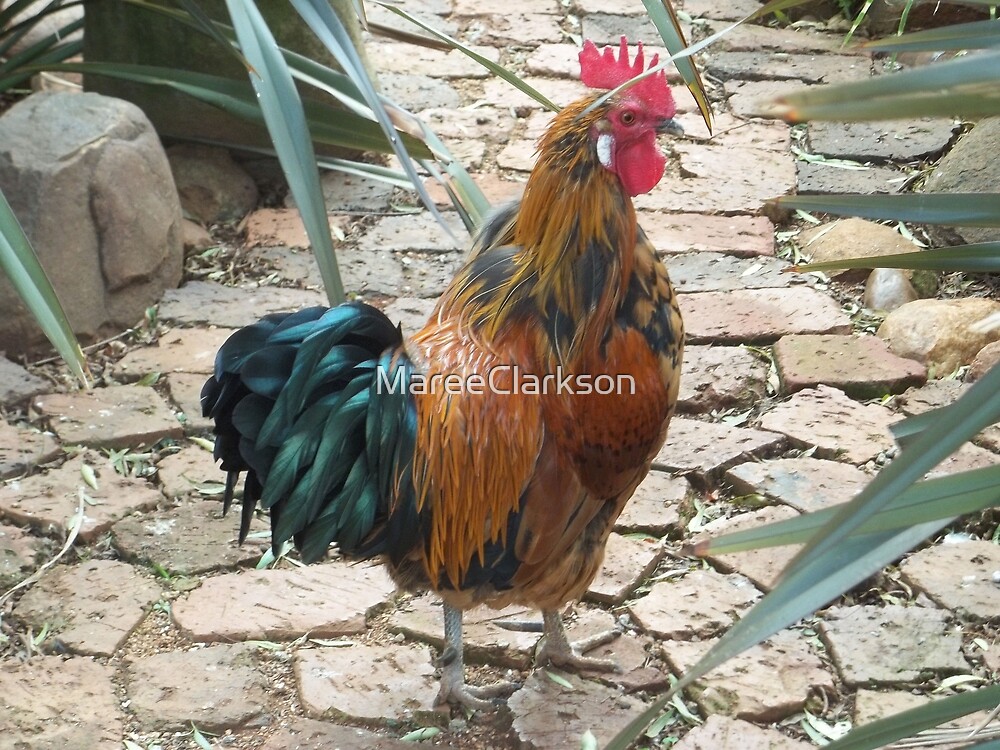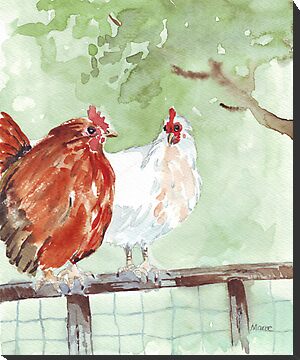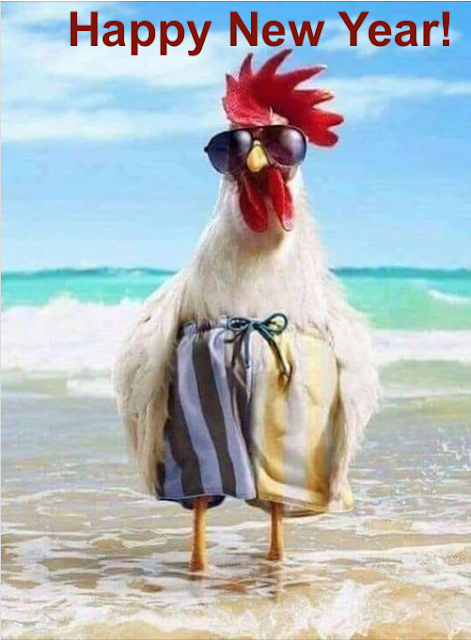Rumorha adiantiformis loves a spot away from direct sunlight in a partly to fully shaded spot. Water regularly so that the soil remains moist but it must be well-drained.
Afrikaans name : Seweweeksvaring (I have no idea why!)
Ferns reproduce from spores, not seeds. If you see small brown dots on the undersides of the leaves, they're probably sori, which are groups of sporangia that serve as spore cases. These spots may cover the entire underside of the leaf, but they aren't harmful to your plant.
With all the rain we've had over the last few weeks, it's grown so much that I had to remove a paver to give it some space to expand. And I've discovered two more ferns sprouting just opposite this one, will keep an eye on them and maybe find a spot for transplanting them.
::










































